After a short period of celebration, Hong Kong is back to square one. Cinemas are closing their doors again from July 15. Dining at restaurants will be unavailable from 6pm to 5am every day. Mask-wearing is now mandatory on public transport at all times. Group gatherings have been reduced from 50 people to just 4 people. The Coronavirus is back – for the third wave!
Covid-19 was first confirmed in Hong Kong on January 23rd. Armed with past experience in combating SARS, Hong Kong quickly closed borders and began social distancing about a week after recording its first case. The world watched the jaw-dropping news of panic buying in Hong Kong during its peaked in early February, with crowds stockpiling toilet paper, face masks and groceries.
By late February, people began to be complacent. The city only had roughly 150 Covid-19 cases by early March. Hong Kong students and residents began returning to the city in waves – and the virus happily tagged along. The second wave started thanks to imported cases. The government sprang into action – aggressively – by banning non-residents from entering the city on March 25.
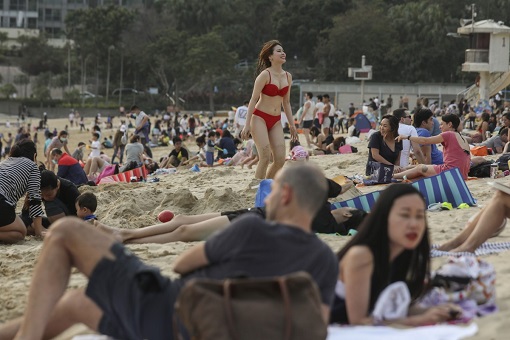
Strict quarantine and testing measures on all arrivals to the city were implemented on April 8. Travellers on transit were disallowed. Those under home quarantine were forced to wear electronic bracelets to track their location. Alcohol sales in bars were stopped. Restaurants, gyms and sports facilities were closed. Amazingly, the government never declared an official lockdown.
Instead, Hong Kong chose to depend on community effort and peoples’ obedience or self-compliance to contain the Coronavirus. April 19 was the last recorded local transmission. And for more than 2 weeks thereafter, the second wave appeared to have passed as the city hasn’t had a single case of local transmission. Hong Kong slowly reopened for business.
After shutting its doors for nearly 5 months since the first Covid-19 case emerged, Disneyland Hong Kong reopened to the public on June 18. By late June, Hong Kong’s Coronavirus outbreak seemed under control. Only a few cases reported daily. More importantly, Hong Kong recorded an impressive three-week stretch of zero new local Covid-19 cases.
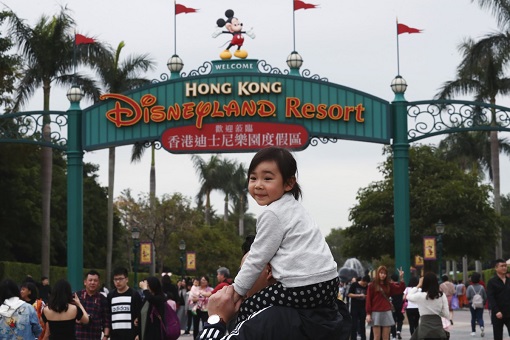
However, from July 15 onwards, less than a month after its reopening, Hong Kong Disneyland again closes for business. The local cases started to skyrocket and the city saw more than 500 new cases – nearly a third of its total 1,886 cases – in the past 2 weeks. On Sunday alone (July 19), the government reported 108 new infections, a record daily high.
Fearing that the new third-wave outbreak is now spreading undetected in the densely packed territory of 7.5 million people, chief executive Carrie Lam announced tighter regulations on Sunday, including a new order for non-essential civil servants to work for home. She said – “I think the situation is really critical and there is no sign the situation is being brought under control.”
The primary reason for Hong Kong to close again was due to the 83 new cases being locally transmitted, suggesting that unlike the second-wave, this time the source of infection is from within the city and not imported from outside. From a success story at the initial stage, Hong Kong is now struggling to contain the virus for the third time. Exactly what mistakes have the city overlooked?
![]()
{ 1 } Loophole In Home-Quarantine.
Almost everyone arriving in Hong Kong was subject to a 14-day quarantine since April 8 after the second wave. So how could a “third wave” emerge on July 5? While residents are allowed to quarantine in their own homes, the people they live with are not subject to any quarantine or restriction whatsoever, allowing them to move freely – a deadly loophole.
In July 2, a 46-year-old woman reportedly was infected by two family members (59-year-old husband and 19-year-old son) who had returned from the U.S. and were under quarantine at home with her. That woman later infected another person after she visited a supermarket in Mei Tin Estate, Tai Wai, and several vegetable and meat stalls near Tai Wai Market.
On Sunday, the Hong Kong government announced a new rule – people returning to Hong Kong from 7 high-risk countries – India, Bangladesh, Indonesia, Nepal, Pakistan, Philippines and South Africa – must be quarantined for 14-days in government-approved hotels upon arrival, not at home. In addition, they must show proof of having tested negative for Covid-19 before flying to Hong Kong.
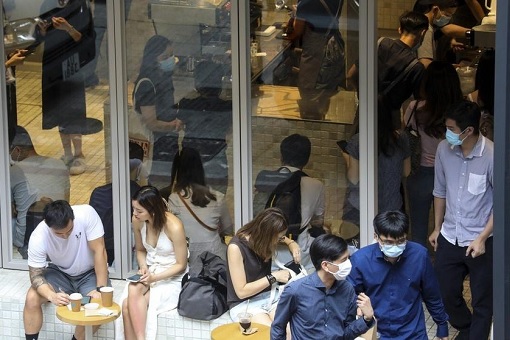
{ 2 } Limitation In Social Distancing
As much as the people of Hong Kong like to exercise social distancing, the fact remains that the densely populated city does not have the luxury to keep everyone 1-meter apart. The absence of a full lockdown means the government depends entirely on the people to do their part – either willingly or reluctantly. A full scale lockdown, like the one seen in China, would cripple the city’s economy.
When the government ordered bars, gyms, beauty parlors and other entertainment outlets to close in early April as a result of the second-wave, restaurants were allowed to stay open. Of the 83 local Coronavirus cases reported on Sunday, 48 were from unknown sources. But many of the cases with unknown sources of transmission included housewives who visited restaurants, markets and parks every day.
Due to space constraint, Hong Kong restaurants are notorious for tables sharing among strangers. The new rule announced on Sunday would limit tables for only 4 people. Even then, some argued that’s not social distancing at all. Unlike other countries, the government could not ban dine-in services because many Hong Kong people needed to eat out.
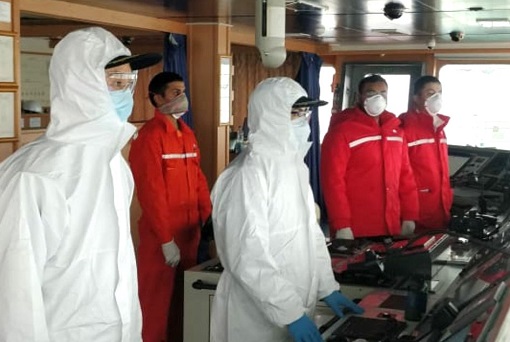
{ 3 } Exemptions In Quarantine
Since February, data from the Hong Kong Transport and Housing Bureau show that around 11,730 sea crew members have been exempted from quarantine. To make matters worse, the city has been allowing an unrestricted sea crew change for vessels since June 8. In essence, vessels that do not have cargo operations can enter local waters to rotate their sea crew.
The generosity would come back to haunt the city when nine sea crew members who stayed in Hong Kong for up to 3 days tested positive for Coronavirus in late June. The ship workers from Indonesia, Greece and Croatia were only found to be infected by mainland China authorities after they left Hong Kong and arrived in Ningbo (eastern China).
Obviously the damage has been done as the nine sea crew members could have already spread the virus in the city during their three days stay. But the loophole was not limited to sea crews. Apparently, drivers transporting goods across the mainland China-Hong Kong border, airline crews, and the “untouchable” foreign consular staff were exempted from quarantine as well.
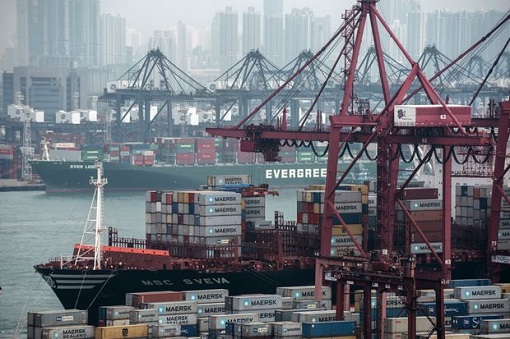
Data from the Centre for Health Protection revealed that 34 out of 111 imported Covid-19 cases in Hong Kong since July 8 were from members of sea or aircrew. Hence, sea or aircrew members contributed to 3 in 10 (30%) imported infections, while 1 in 4 came from domestic helpers. Only now sea and aircrew members are required to produce negative Covid-19 test results before travelling to the city.
When criticised, the government argued that the exemptions for certain workers – cross-boundary truck drivers, sea and aircrew – are “essential to maintain the necessary operation of society and the economy and to ensure and uninterrupted supply of daily necessities.” But it’s too late to cry over spilt milk. The third-wave has begun.
Dr Leung Chi-chiu, chairman of the Hong Kong Medical Association’s advisory committee on communicable diseases, said – “The figure is just the tip of the iceberg, as many infected crew members could have already gone into our community unnoticed and undetected.” Even the new requirement for employers to quarantine workers at hotels, instead of home, is rather too late.
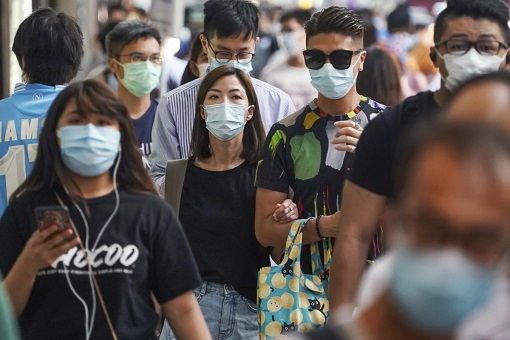
Other Articles That May Interest You …
- Jealous Of China & Russia? – The West Accused Chinese Of Sabotaging And Russian Of Hacking Vaccine Research
- How Vietnam Won The Coronavirus War And To Emerge The Biggest Winner In Economic Growth In Southeast Asia
- Bad News For Economy – IMF Slashes Growth Again, U.S. Hits Record 45,000 Covid-19 Cases & Jobless Claims Continue
- Second Wave Of Covid-19 Has Begun In The U.S. – But Not Everyone Cares, And They Would Pay The Price
- Lawsuits For Trillions Of Dollars Against China Over Spread Of Coronavirus – Here’s Why It’s A Waste Of Time
- IMF – The “Great Lockdown” Is Set To Triggers The World’s Worst Recession Since The 1929 Great Depression
- 3 Coronavirus Variants Discovered – Surprisingly, “Type-A” Found In Americans, Wuhan’s Type-B And Type-C In Europe
- The World Is Working On 20 Coronavirus Vaccines – But It Could Take Up To 18 Months
- China Appears To Be Winning The Coronavirus War, And Other Countries Are Studying How The Chinese Did It
- Arabs Conspiracy Theories – Coronavirus Is The U.S. & Israel Biological Warfare To Cripple China’s Economy & Reputation

|
|
July 22nd, 2020 by financetwitter
|


|

|

|

|

|

|




























Comments
Add your comment now.
Leave a Reply